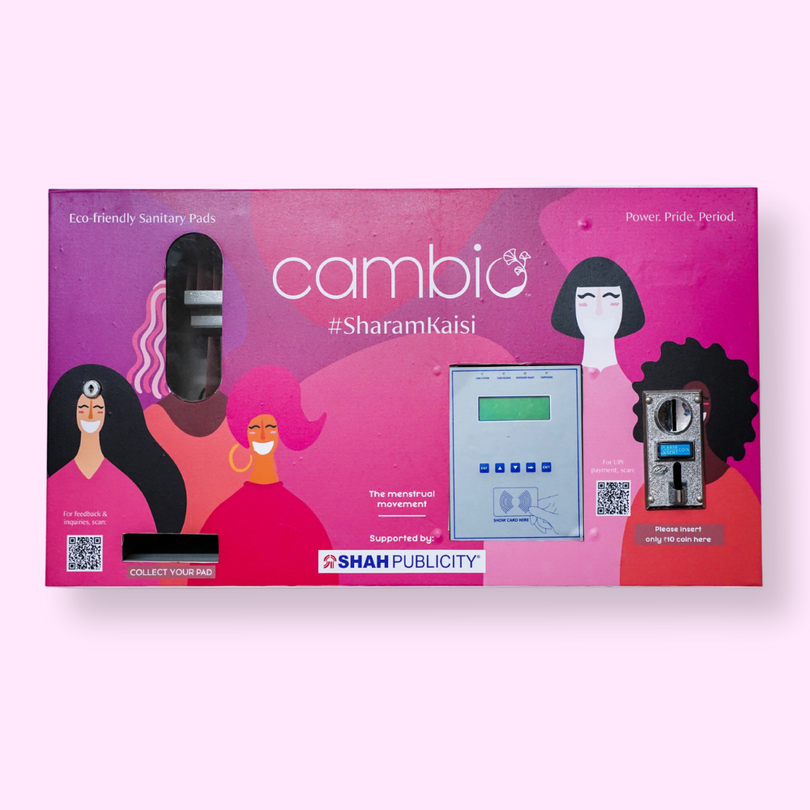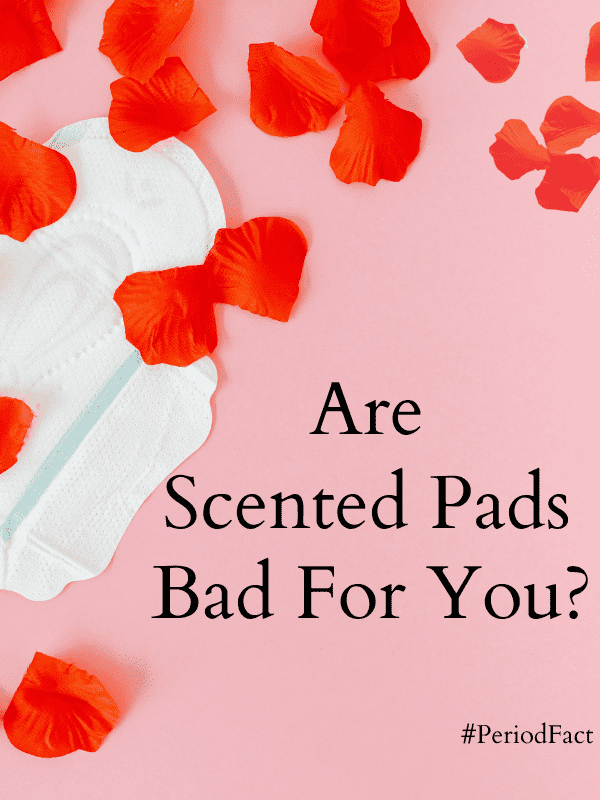Periods, the magical time of the month when Mother Nature knocks on the door and invites us to join her extraordinary journey.
While the topic might make some blush, it's an important aspect of every woman's life.
Alongside emotions and cravings accompanying this monthly affair, there's one practical matter that demands our attention: the proper disposal of sanitary pads.
Fear not, for we are about to embark on important self-care steps for disposing of sanitary pads responsibly!
So, gather your courage and prepare to bid farewell to your trusted companions most responsibly and sustainably imaginable. Let's dive in!
Lear more about menstrual cycle from here.
How To Dispose Sanitary Pads?
Sanitary pads are essential to menstrual hygiene for millions of women worldwide.
While they provide comfort and protection during periods, it is crucial to ensure their proper disposal to maintain cleanliness, prevent environmental pollution, and promote public health.
Also read: How organic pads helps with cramps?
How to dispose sanitary pads at home?
When at home, it is essential to follow proper disposal methods to maintain hygiene. Here are some steps to follow:
- Wrap the used sanitary pad in the paper bag provided by the manufacturer or use toilet paper to create a secure bundle. You can also take newspapers for wrapping.
- Place the wrapped pad in a small or dedicated sanitary disposal bag.
- Tie the bag securely to prevent any leakage or odour.
- Dispose of the bag in the regular household garbage bin.
Read more: Why use organic pads?
How to disposing of sanitary pads on the road?
Disposal options may be limited while on the road or in public places. In such cases, here's what you can do:
- Carry a small disposal bag or pouch specifically for used sanitary pads.
- Wrap the pad securely in the wrapper or toilet paper and place it in the disposal bag.
- If no dedicated sanitary pad disposal bins are available, look for general waste bins and dispose of the bag there.
- Ensure the bag is securely tied to avoid any spillage or odours.
How to dispose of sanitary pads in villages and rural areas?
In rural areas where proper waste management facilities may be limited, it is crucial to adopt environmentally-friendly disposal methods:
- Wrap the used sanitary pad in biodegradable material like newspaper or brown paper, and if you are using organic sanitary pads, make sure to choose ones that are environmentally friendly and biodegradable for a greener disposal option.
- Bury the wrapped pad in a shallow hole in a secluded area away from water sources.
- Cover the hole with soil to ensure proper decomposition.
- Avoid burning sanitary pads, as they can release harmful toxins into the air.
Read more: Difference between tampons and pads
Emergency sanitary waste disposal methods
In emergencies where there are no immediate disposal options available, it is necessary to handle the situation discreetly and responsibly:
- Wrap the used sanitary pad in multiple toilet papers or tissue. You can also use scrap paper or newspaper to ensure safe disposal.
- Place the wrapped pad in a small plastic bag or any available container with a lid.
- Carry the bag or container until you find a suitable place to dispose of it, such as a public restroom or waste bin.
Pro tips and life hacks for sanitary pad disposal
- Keep a small supply of disposal bags or pouches with you for convenient and discreet disposal.
- Opt for eco-friendly disposal bags made from biodegradable materials.
- Consider using menstrual cups or reusable cloth pads to reduce waste and promote sustainability.
- Educate others about the importance of proper sanitary pad disposal to create awareness and encourage responsible habits.
Also read: Things you should avoid during periods
How to create a makeshift period disposable bag in case of Emergencies?
In times of surprises, it's always handy to have a backup plan.
When you find yourself in need of a disposable bag for your sanitary napkin, fear not!
With little resourcefulness, you can create a makeshift solution.
Here's a simple yet effective method to fashion your emergency disposable bag:
1. Gather your materials: Look for any available resources that can serve as makeshift bags. A few options to consider are:
- Ziplock bag: A spare ziplock bag in your purse or backpack can be an excellent temporary solution. It provides a sealable and leak-proof option for discreet disposal.
- Tissue, toilet paper or newspaper: If there are no ziplock bags around, you can use a few layers of tissue or toilet paper to create a makeshift bag. It may not be as durable as a plastic bag, but it can still serve its purpose in a pinch.
- Wrapper or packaging: If you have an empty wrapper or packaging from another product, such as a candy wrapper or a small plastic pouch, it can be used as a temporary disposal bag.
2. Prepare the bag: Open your chosen material, whether it's a ziplock bag, tissue, or wrapper, to create a pouch-like shape. Ensure it's large enough to hold the used sanitary napkin comfortably.
3. Insert the sanitary napkin: Carefully place the used sanitary napkin inside the makeshift bag. Fold or roll the napkin neatly to minimize its size and ensure it fits securely within the bag.
4. Seal the bag: If you're using a ziplock bag, seal it tightly to prevent any odour or leakage. For tissue or wrappers, fold the edges and secure them by folding multiple layers of disposing sheets or use the knot and twist technique.
5. Dispose of the bag: Once your makeshift disposable bag is securely sealed, you can safely dispose of it in the nearest sanitary waste bin or designated disposal facility. It's essential to prioritize proper disposal to maintain hygiene and prevent environmental pollution.
Remember, this makeshift solution is intended for emergencies when no other options are available. It's always best to carry a small supply of disposable bags or pouches designed for sanitary napkin disposal to ensure convenience and hygiene during your period.
Read more: Period Craving List
Conclusion
Proper disposal of sanitary pads is essential for maintaining hygiene, preventing environmental pollution, and ensuring public health.
By following the guidelines and tips in this article, we can all contribute to a cleaner and more sustainable environment.
Remember, responsible disposal practices not only benefit individuals but also have a positive impact on the community and the planet as a whole.
Let's take small but significant steps towards creating a more hygienic and eco-friendly world.
Also read: Menstrual products in India










